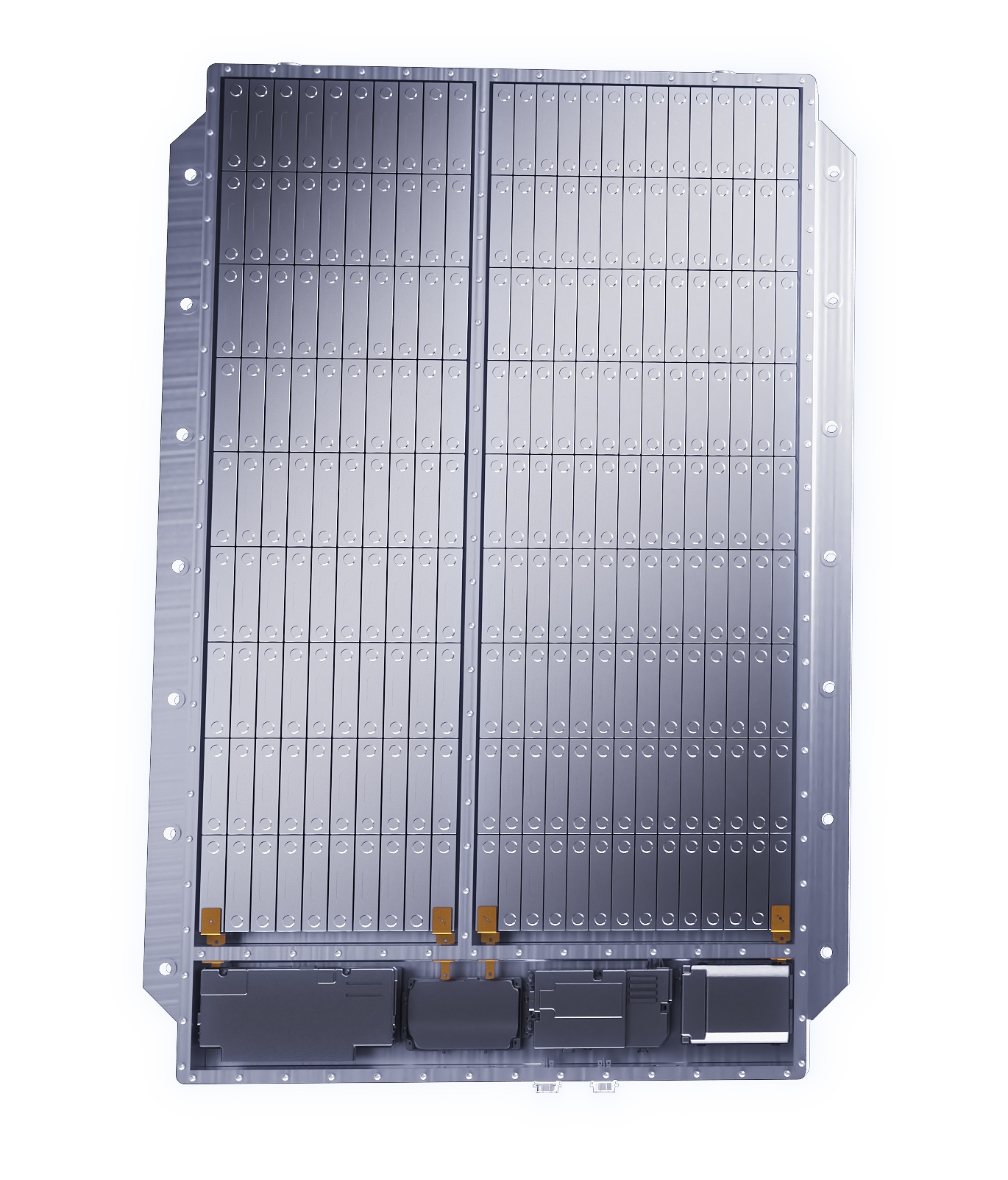The production of the LETIN Mengo started last month with first units rolling off the production line. Now, this small A-segment electric car that seats 4 persons is ready for first deliveries.
Powered by LFP (LiFePO4) batteries, this cute electric car has a starting price of 29.800 yuan (3.815 euros). This is exactly the same starting price of the Changan Benben E-Star.
#Levdeo #Mango officially enters market, price at ¥ 29.8K-54.9K, #China media reports.https://t.co/g07I17Z4hi
— Moneyball (@DKurac) May 26, 2021
Let’s see more details.
Entry version
- Length: 3.620 mm
- Wheelbase: 2.440 mm
- Width: 1.610 mm
- Height: 1.525 mm
- Number of seats: 4
- Tire specifications: 165/65 R14
- Motor: 25 kW and 105 N.m of torque
- DC fast charging: not available
- On-board charging: 6-8 hours (20-100 %)
- Range: 130 km (NEDC) and around 100 km in WLTP
- Consumption: 9,5 kWh/100 km (NEDC)
- Battery capacity: 11,52 kWh (LFP chemistry)
- Starting price: 29.800 yuan (3.792 euros)
Mid version
- Length: 3.620 mm
- Wheelbase: 2.440 mm
- Width: 1.610 mm
- Height: 1.525 mm
- Number of seats: 4
- Tire specifications: 165/65 R14
- Motor: 25 kW and 105 N.m of torque
- DC fast charging: not available
- On-board charging: 9-10 hours (20-100 %)
- Range: 185 km (NEDC) and around 140 km in WLTP
- Consumption: 10 kWh/100 km (NEDC)
- Battery capacity: 17,28 kWh (LFP chemistry)
- Starting price: 39.900 yuan (5.107 euros)
Top version
- Length: 3.620 mm
- Wheelbase: 2.440 mm
- Width: 1.610 mm
- Height: 1.525 mm
- Number of seats: 4
- Tire specifications: 165/65 R14
- Motor: 35 kW and 125 N.m of torque
- DC fast charging: 30 minutes (30-80 %)
- On-board charging: 11-13 hours (20-100 %)
- Range: 300 km (NEDC) and around 220 km in WLTP
- Consumption: 10,9 kWh/100 km (NEDC)
- Battery capacity: 29,44 kWh (LFP chemistry)
- Starting price: 49.900 yuan (6.388 euros)

It was the Wuling Hong Guang MINI EV that proved that small electric cars can be extremely popular when priced right, but now better options are available. The LETIN Mengo not only looks much better, it also has better specs.
Nowadays, electric cars like the LETIN Mengo or the Leapmotor T03 make the Dacia Spring - that is also made in China - look grossly overpriced in Europe. Don’t you agree?








































